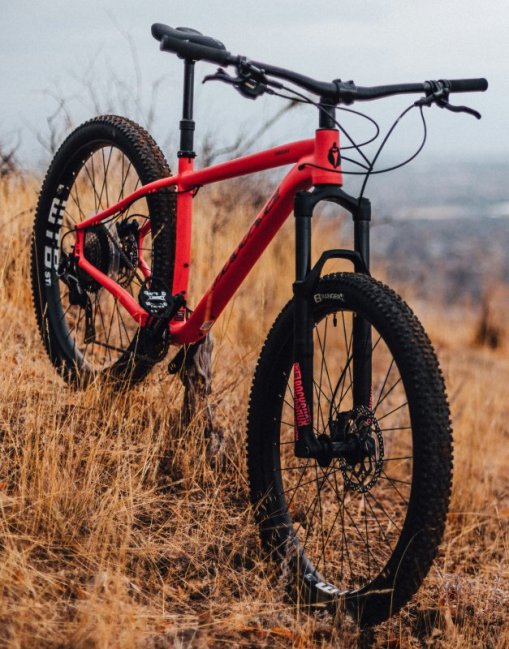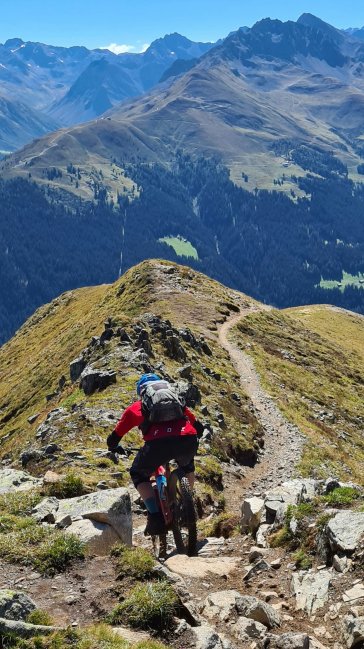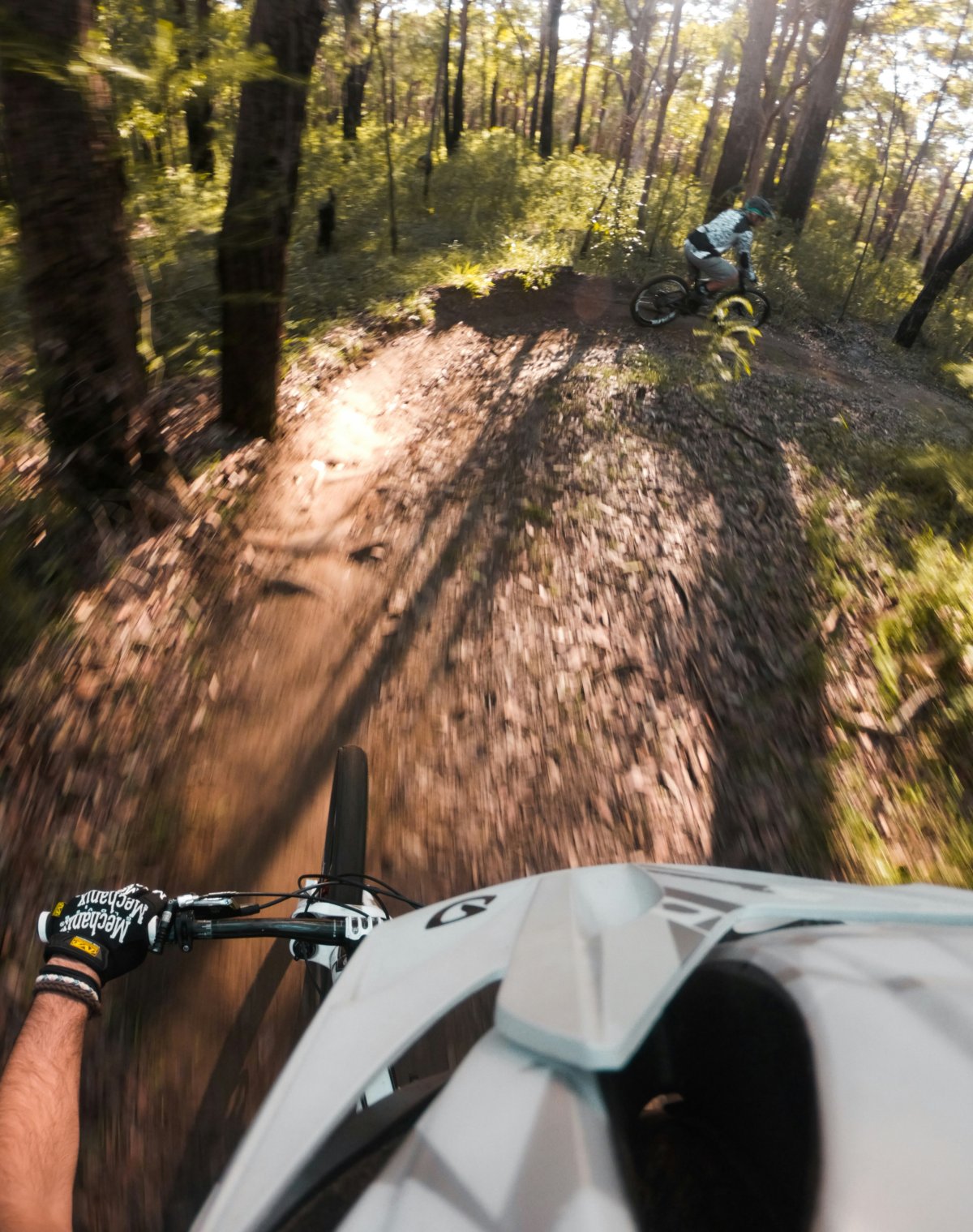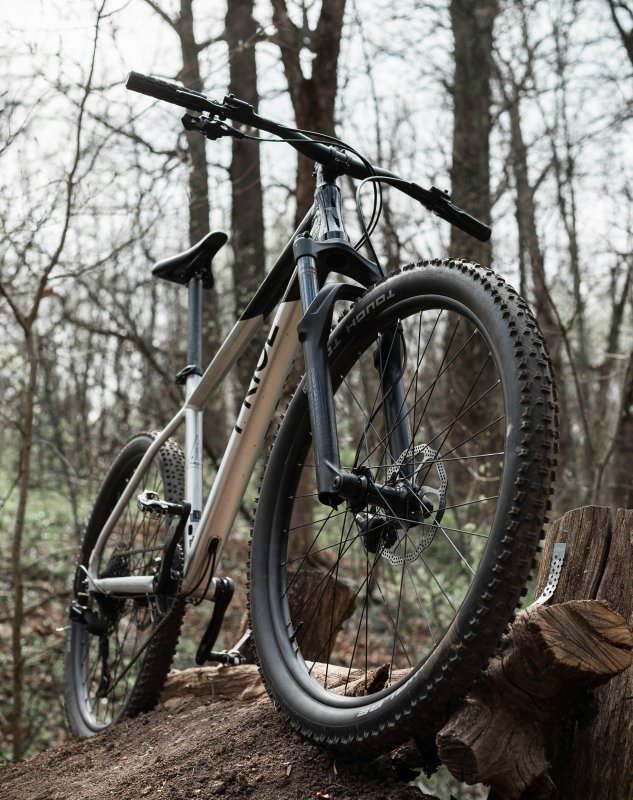
Cross-country (XC) mountain bikes and freeride mountain bikes are two distinct categories, designed for different riding styles based on rider preferences and needs. Here are the main differences between cross-country mountain bikes and freeride mountain bikes:
1. Practice Style:
Cross-Country MTB (XC):
XC focuses on speed, endurance and performance on varied trails. XC courses are often longer, with ups and downs, and require excellent endurance.
Freeride mountain biking:
Freeride emphasizes downhill, jumps and technical obstacles. Freeride courses are more focused on steep descents, jumps and technical terrain, with less emphasis placed on the racing aspects.
2. Suspension:
Cross-Country MTB (XC):
XC mountain bikes generally have shorter suspension to optimize pedaling efficiency on climbs. XC bikes can be either full suspension or hardtail (with front suspension only).
Freeride mountain biking:
Freeride mountain bikes have longer suspensions to absorb the significant shocks encountered during technical descents and jumps. Most freeride mountain bikes are full suspension.
3. Frame Geometry:
Cross-Country MTB (XC):
XC frames have forward-biased geometry to promote a more aggressive riding position and maximum pedaling efficiency.
Freeride mountain biking:
Freeride frames have a more relaxed geometry, with a more open head angle, to improve stability on fast descents.
4. Weight:
Cross-Country MTB (XC):
XC mountain bikes are generally lighter, as weight is a crucial factor for efficiency on extended climbs.
Freeride mountain biking:
Freeride mountain bikes can be heavier due to the need to withstand harsher conditions and provide increased stability during technical jumps and descents.
5. Wheels:
Cross-Country MTB (XC):
XC mountain bikes can have 29-inch wheels to improve speed and ability to overcome obstacles.
Freeride mountain biking:
Freeride mountain bikes can have 27.5-inch wheels for increased maneuverability in technical conditions.
6. Competitive vs. Leisure Use:
Cross-Country MTB (XC):
Often used for competition, XC mountain bikes are suitable for regular use for enthusiasts who like to explore long distances.
Freeride mountain biking:
More geared towards recreational activities and thrill-seeking riders, freeride mountain bikes are not as focused on competition.
In summary, the choice between a cross-country mountain bike and a freeride mountain bike depends on the desired riding style, the rider's experience and the types of trails they plan to ride.



